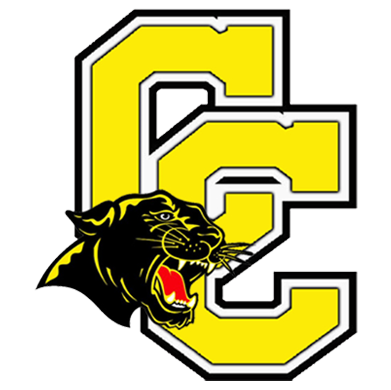When it comes to building under pressure, a few iLEAD Academy students have proven they are rock-solid — even if their towers are made of lightweight balsa wood.
Two teams of students — Harrison Slaven and Jayden Brentlinger, and Chris Malo and Asriel Aguazul Mendoza — recently took first and second place at both the regional and state Technology Student Association (TSA) competitions. Now they’re planning for the TSA National competition June 27-July 1 in Nashville, Tennessee.
At the heart of the competition was a simple but tricky challenge: build two towers between 7 and 8 inches tall, using just 16 linear feet of balsa wood, that can hold as much weight as possible before breaking. Efficiency — not just strength — was the key to winning.
The teams built their first towers at iLEAD and brought them to competition for initial testing. Those results determined who made it to the semifinals. "Our first design held maybe 25 pounds," Harrison recalled with a laugh. "But by the end, we had a tower that held 350 pounds."
Chris and Asriel saw similar improvements. "Our first tower held 29 pounds, our second 66, and then our final one held an incredible 547 pounds," Chris said.
The key to their success was a major design breakthrough by Harrison.
"At first, we were building with rectangles," Asriel said. "But we realized triangles are way stronger." By switching up the structure and laminating the wood — bonding multiple thin strips together — they made the towers sturdier without using up materials.
However, building with triangles brought a new challenge: accuracy. That's where Harrison’s idea changed everything.
"I thought, ‘If we need perfect angles, why not 3D print a triangular jig to hold the pieces while we glued them?’" Harrison explained. Their towers were straighter, stronger, and better able to bear the larger loads.
At the state competition, the teams had three hours to build new towers from scratch. Stress levels were high — especially when Chris and Asriel realized they’d forgotten their only utility knife.
"Thankfully," Chris said, "we ran into a team we met at regionals, and they lent us one."
Quick thinking and teamwork were the secret sauce for both pairs. "While one of us was cutting pieces, the other was assembling," Asriel said. "We kept switching off so we were always doing something." Their hustle paid off: Chris and Asriel finished their towers in just 1.5 hours — far ahead
of most competitors.
Even small details made a big difference. "We realized a strong base was everything," Harrison said. "Some teams didn’t think of that. You could see their towers were off-center, and they didn’t hold up."
John Ashcraft, their engineering instructor, couldn’t be prouder.
"Our students showed creativity, precision, and endurance," Ashcraft said. "They had to build two towers that would withstand pressure until failure, and even with time constraints and material limits, they nailed it."
The teams will go to nationals as a combined super-team, with Harrison and Asriel representing the group in the official competition. They'll tweak their designs to meet new requirements, including using a stronger resin adhesive instead of super glue.
"We’re going to focus on making it faster to build and even more accurate," Harrison said. "Nationals will be tough, but we’re ready.

